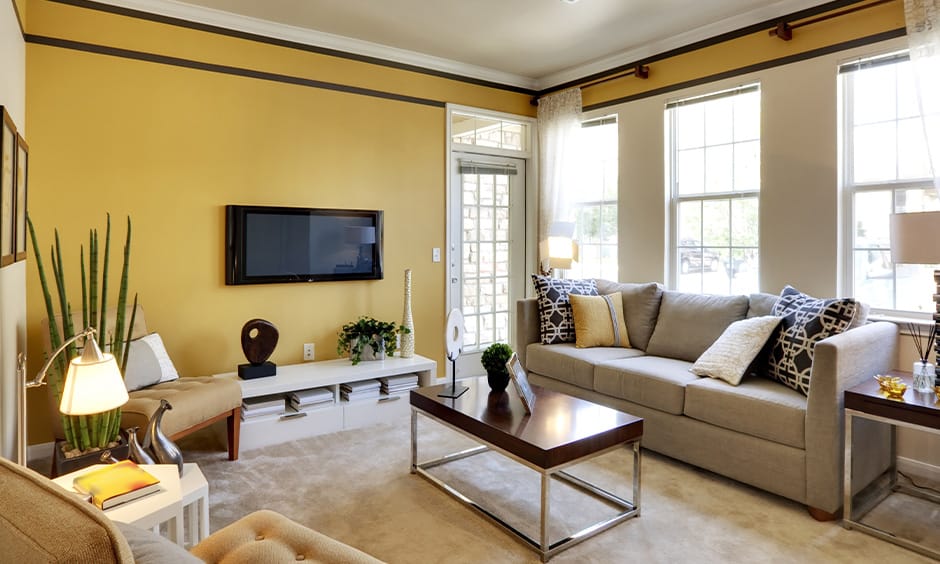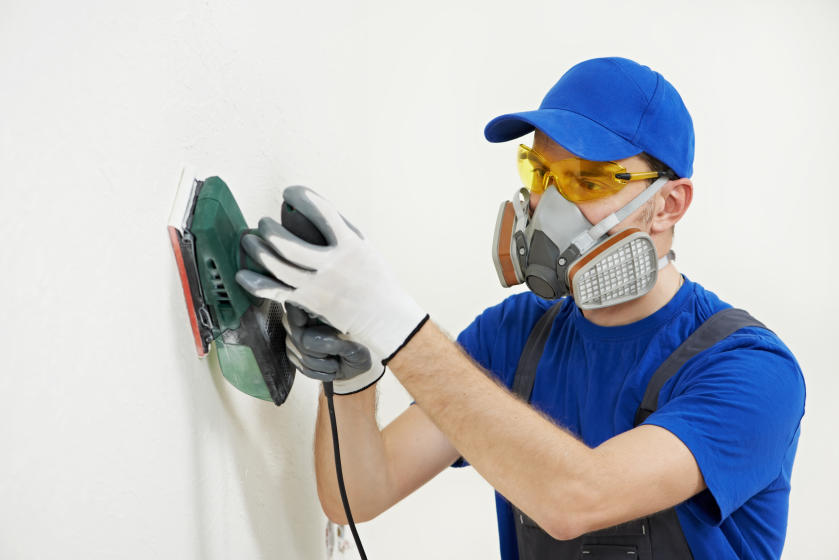
If you’ve got a painting project coming up, you’ll want to do everything you can to get the final product that you’re imagining in your head. But since you’re likely not a professional domestic painter, you’re probably going to have to do some research and visit a hardware store in order to be as prepared as possible.
To help you with part of this preparation, here are three tips to help you prepare the room you’re planning to paint.
Empty The Room First
Before you bring in any of the painting suppliers or equipment you’ve purchased, you’re first going to want to empty the room you’ll be painting. The fewer items you have left in the room when you start painting, the fewer obstacles you’ll have to maneuver around as you paint the walls or ceiling.
For the items that you aren’t able to remove from the room, you’ll want to cover them with plastic sheeting to help keep any paint spills or flecks from getting on them. Additionally, if you’re not planning on also replacing the flooring in the room, you’ll also want to lay down a drop cloth so that any drops of paint that come off of your roller or brushes don’t also stain your flooring as well.
Get The Right Materials—And Use Them
As you’re out getting the paint you’re going to be using, what you’ll also want to buy is all the supplies you’ll need to effectively prepare and paint the room you’re freshening up.
Some of the items you’ll likely have to purchase for room preparation include painters tape, a putty knife for pressing the tape down firmly, the plastic sheeting for covering up your belongings, the drop cloths for the floor, your paint brushes and rollers, stirring sticks, something to pour your paint into, and more. And once you have these items, make sure you also learn the right ways to use them so that you can get a great final product on your walls.
Plan To Work On Each Wall Separately
While you might think that preparing all the walls and then working on the corners of each wall before tackling the whole wall will be the easiest way to go, this can actually leave you with a lackluster final product. So rather than going this route, try to finish an entire wall before you move onto the next wall.
Not only will this make the painting of each wall smoother and more even, but it will also allow you to keep all of your supplies close and reduce the chances of you spilling or making a big mess of the room you’re painting.
If you’re going to be painting a wall or room of your home in the near future, consider using the tips mentioned above to help you learn the best ways to prepare yourself and prepare the room.
The Cost Of Clutter: How Junk Impacts Your Finances
March 28, 2024
Comments are closed.
-
The Cost Of Clutter: How Junk Impacts Your Finances
March 28, 2024 -
Assortment of Wooden Furniture
July 5, 2021
Latest Posts
-
6 Reasons Why You Should Live In The Bay Area
April 10, 2024 -
The Impact of Your Groceries
March 29, 2024 -
Elevate Your Space In Your Forever Home
March 28, 2024 -
The Cost Of Clutter: How Junk Impacts Your Finances
March 28, 2024
Recent Posts
- 6 Reasons Why You Should Live In The Bay Area April 10, 2024
- Experience the Benefits of Residential Water Softener Installation April 2, 2024
- The Impact of Your Groceries March 29, 2024
- Elevate Your Space In Your Forever Home March 28, 2024
- The Cost Of Clutter: How Junk Impacts Your Finances March 28, 2024











